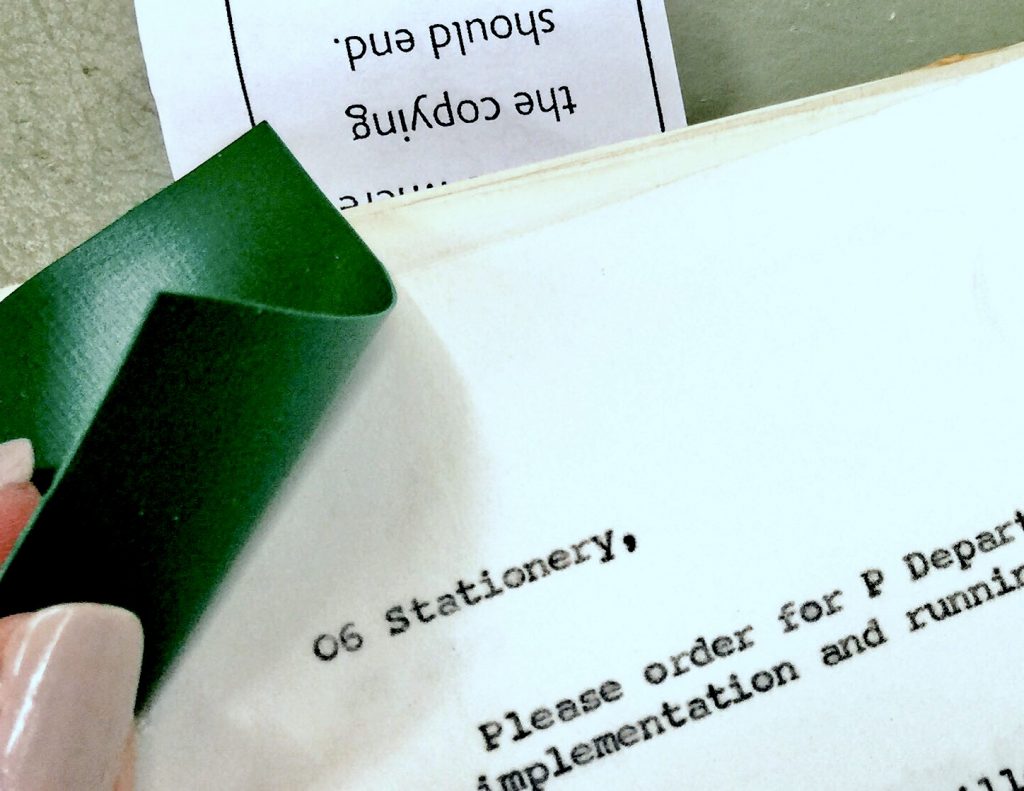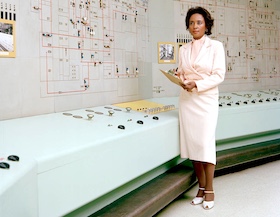Two New Courses

I recently created and taught two new courses, one on “Diversity in the History of Technology” (fall 2019) and a seminar on “History and Historiography” (spring 2020). See the full syllabi here.
The diversity in technology course is a history of technology course that reorients students’ understanding by balancing the often triumphalist, technophiliac accounts of tech’s past with stories from the margins, & histories of technologies that center previously ignored or submerged voices & narratives. For instance, we read Professor Deirdre Cooper Owens’s book Medical Bondage, on how white supremacy was part and parcel of the development of gynecological surgery, and we read Prof. Lisa Nakamura’s work on Navajo hardware manufacturing workers at Fairchild Semiconductor in the 1970s, who protested unfair labor conditions. We read Margot Shetterly’s Hidden Figures and relate this history to the present by reading work by scholars like Prof. Safiya Noble and Prof. Ruha Benjamin on Black producers and users of computing technologies, and the overlapping systems of oppression that large scale commercial information technologies rely on and strengthen.

Over the course of the semester, students expand their understanding of what usually “counts” as history of technology, and who usually gets to count within it. The course asks students to think about how oppression and the power relationships inherent in powerful, centralized technological systems have shaped what we think are the best ways to implement technologies today, and how ignoring these factors (or failing to contend with the history that created them) often leads to problematic, myopic strategies for “diversifying” technological products and workforces today.
The historiography course introduces students to the field of historiography—the study of how history gets written. Readings in the course focus on recent, innovative historical works that reconfigure the way histories of certain topics have been written in the past. We read, among other works, Prof. Hazel Carby’s most recent book on empire and family (Imperial Intimacies), Clyde Ford’s latest on race in the history of computing (Think Black), and Lauren Jae Gutterman’s new book on queer history (Her Neighbor’s Wife). Students investigate what went into writing them, think about why certain stories haven’t been written until now, and begin conceptualize history as a dynamic, changing set of narratives and ideas about the world, rather than simply a static, unchanging record of past events.
In the second half of the course, students also look at how different mediums (written, oral, visual) influence how histories are constructed, conveyed to an audience, and how the knowledge they create eventually becomes taken for granted or “common knowledge,” after initially being seen as novel or even radical.
Find both syllabi here.
